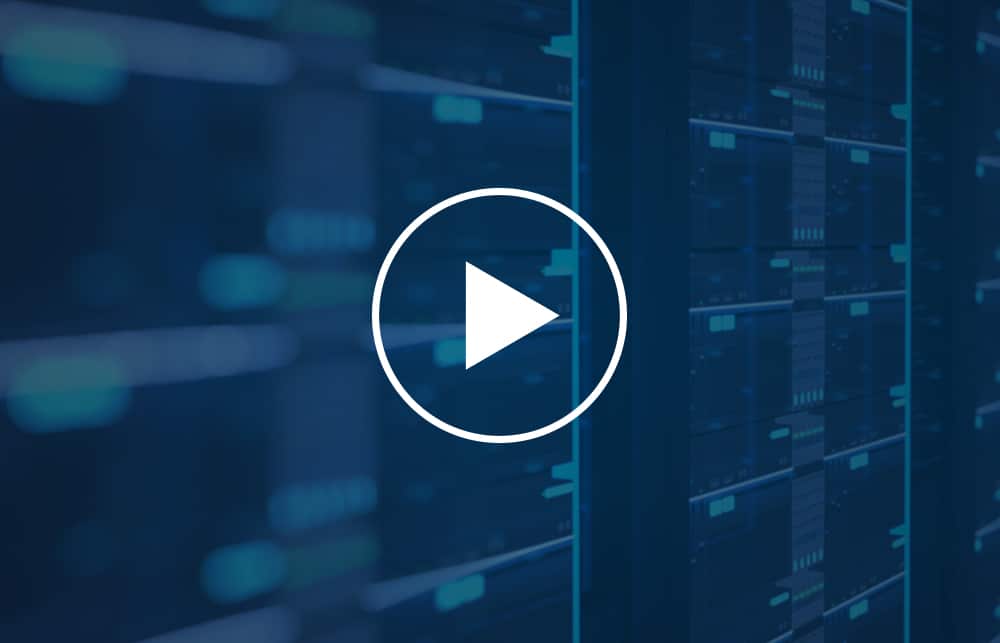Recent years have seen an uptick in software audits, with more companies being asked to provide evidence of licensing compliance. This is largely due to the fact that organizations are now using more software than ever before, with an increasing number of employees working remotely.
Watchdog groups like the Business Software Alliance (BSA) and the Federation of Software Theft (FAST) serve the sole purpose of ensuring the protection of software vendors’ intellectual property. These groups and software vendors are dedicated to discovering and auditing non-compliant organizations every single day with little to no notice. According to Gartner, the likelihood of an assessment for a medium to a large firm over the next two years is predicted to be 40%, which is expected to rise by 20% annually.
But why do software vendors act in this manner?
Simply put, the main motivator is money. Revenue from software sales fell when the American economy saw a downturn and software expenditures were slashed. Software vendors were forced to hunt for alternative income sources when these profits started to decline. Audit fines and penalties of several hundred thousand dollars to even millions of dollars appeared as lucrative options for these vendors. According to the BSA, 25% of businesses that operate in the US are non-compliant in some way, costing software vendors an estimated $6 billion in the loss.
What is a Software Audit?
A software audit is an assessment of a company’s compliance with software licensing agreements. Organizations that use pirated or unlicensed software can be subject to expensive penalties, including fines and damages. In some cases, they may even be required to forfeit their business’ computers and other equipment.
How Do Organizations Fall Out of Compliance?
The truth is that conformity is not simple. It involves more than just purchasing adequate licenses. Even techies typically struggle to completely comprehend software licensing laws because they are so sophisticated, and even when they do, modifications to the regulations occur so often that it is challenging to stay up to date.
Most businesses lose their ability to comply with the rules when they lack proper record keeping and miscomprehend software usage rights. Both parameters are equally crucial to stay in compliance. The first approach is to have clear visibility into your integrated software usage. In the unfortunate case of your company being audited, this can be an added benefit because you will be able to provide records immediately and demonstrate your good faith efforts to adhere to the regulations.
Furthermore, it’s crucial to have an attorney or specialist who excels in contract negotiations. They can elaborate to you how you can lawfully utilize your software, saving you from involuntary non-compliance. Avoid attempting to resolve this on your own, as it is easy to misinterpret or fail to notice crucial facets of software use terms and conditions. For instance, there have been instances where a business has expanded internationally and had staff members using software in other countries. They believed this was acceptable since they had many licenses, but since those licenses were only intended for use in the United States, they were in violation without even recognizing it.
How to Lower Your Risk of Being Audited
- Exhibit a Sound Understanding to the Software Auditors
To show that you have a good grasp of your software agreements, it is crucial that you respond to any inquiries the auditors pose in an efficient and thorough manner. In order to achieve this, you’ll need a workforce in control of the project, a SAM solution in place to oversee your software inheritance, and frequent internal audit findings to get a complete picture of your software assets utilization.
This is especially true if your business has just undergone a merger or acquisition or if it is a large corporation with numerous branches. Such circumstances will make you prone to disorganization, which in turn raises the possibility of overlooking factors important for compliance.
- Stay Prepared
Inform your staff on the importance of software asset management, and prepare a defense plan in case a software inspection occurs. Even if a software audit is conducted, a quick assessment with a few fines will show the software provider that you are not an easy catch. Preparing includes having your licenses in order, appointing a specific person to oversee your company’s software audit, and having an audit defense strategy in place. Knowing what to do will ensure that every software audit of your company proceeds without incident and with the least amount of damage possible.
- Be aware of your Software Architecture
Establish an efficient asset life cycle, along with a streamlined procedure to purchase and retire software resources to keep a close check on them. Failure to do this can lead to the acquisition of numerous unnecessary licenses, which quietly drain the company’s IT budget. Keep track of what licenses you have and how many licenses you need so that you can stay compliant. Additionally, make sure that only authorized users have access to your organization’s software. Implement user controls and set up alerts so that you can immediately spot any unauthorized access or usage.
Often, the majority of software audits search in the company’s Active Directory (AD) to assess compliance. A company’s AD contains all devices and accounts—not just those that are currently in use—that have ever used their software resources. There will be ex-employees in your Active Directory, along with devices that have been gathering dust in the company’s store, and the auditors will claim that each of these entities needs a license.
Conclusion
Monitoring your software resources will cost much less than having them audited. In addition to achieving compliance, successfully managing your software and how they are used also ensure that your software resources are used to their full potential. You may delete shelfware and restructure your agreements to ensure that every software program you have is being successfully utilized. Efficient asset administration has no drawbacks because the added administrative costs will eventually result in equal cost reductions. By making sure all of your organization’s software is properly licensed and keeping track of who is using it and when, you can help your company avoid costly penalties associated with non-compliance.





